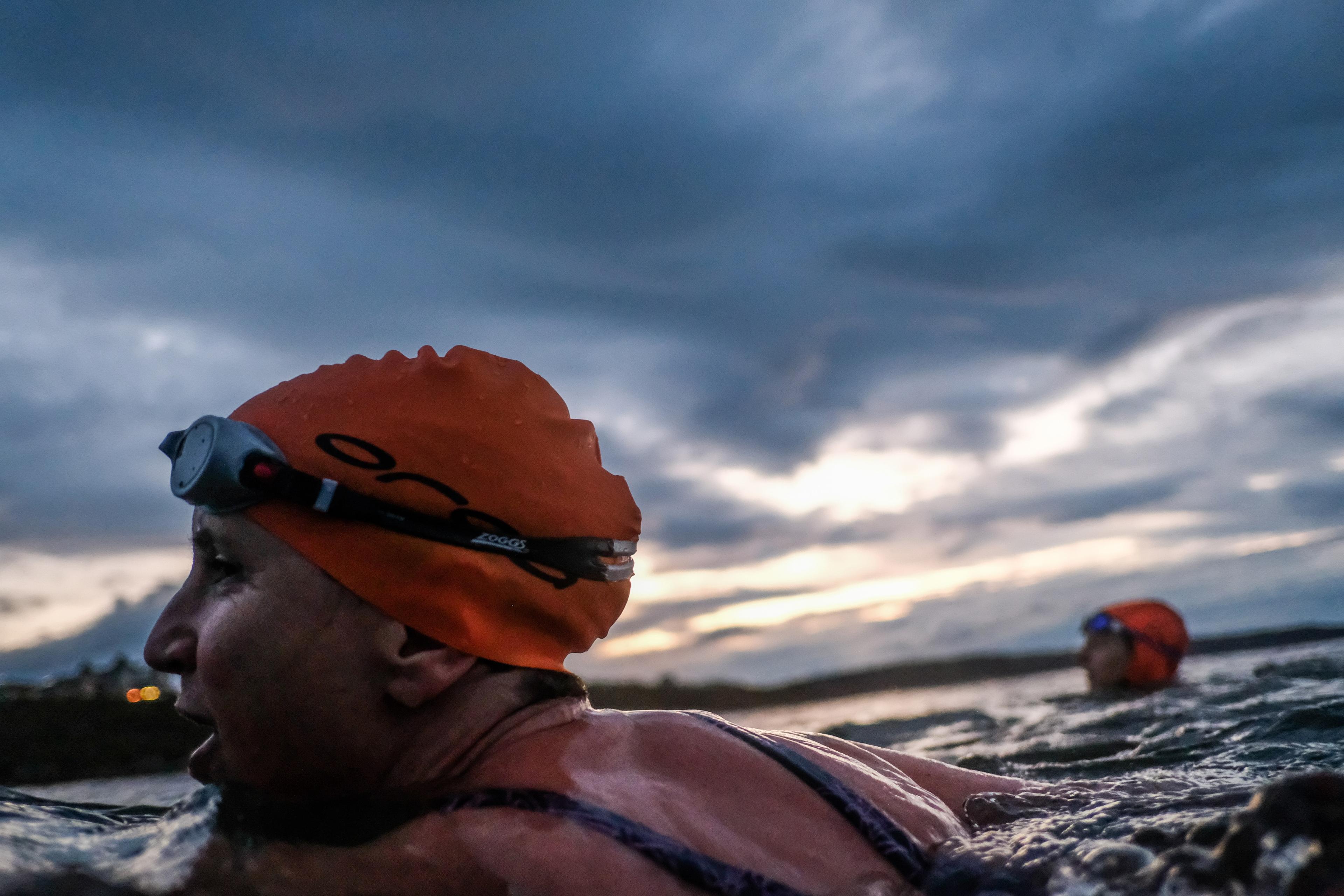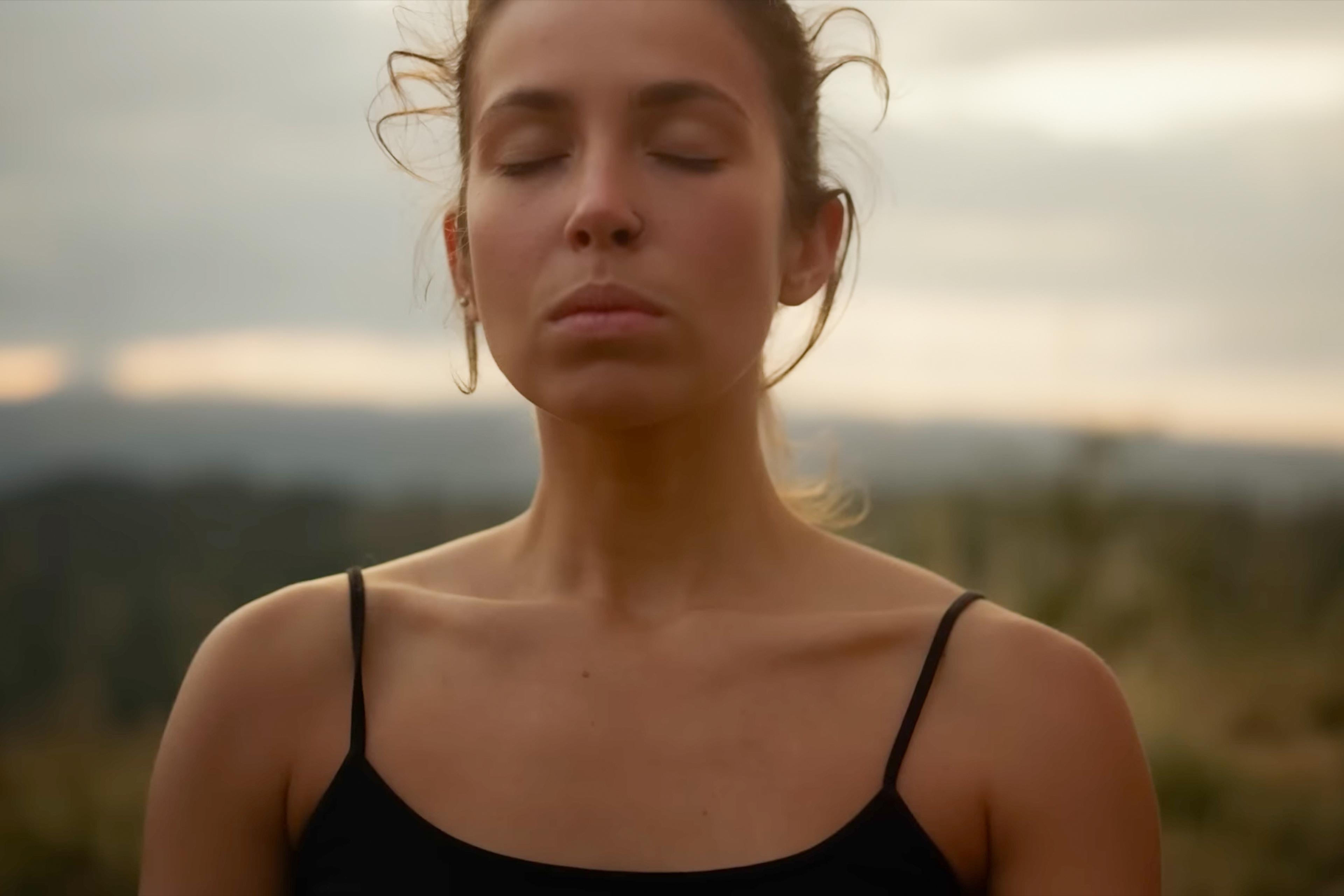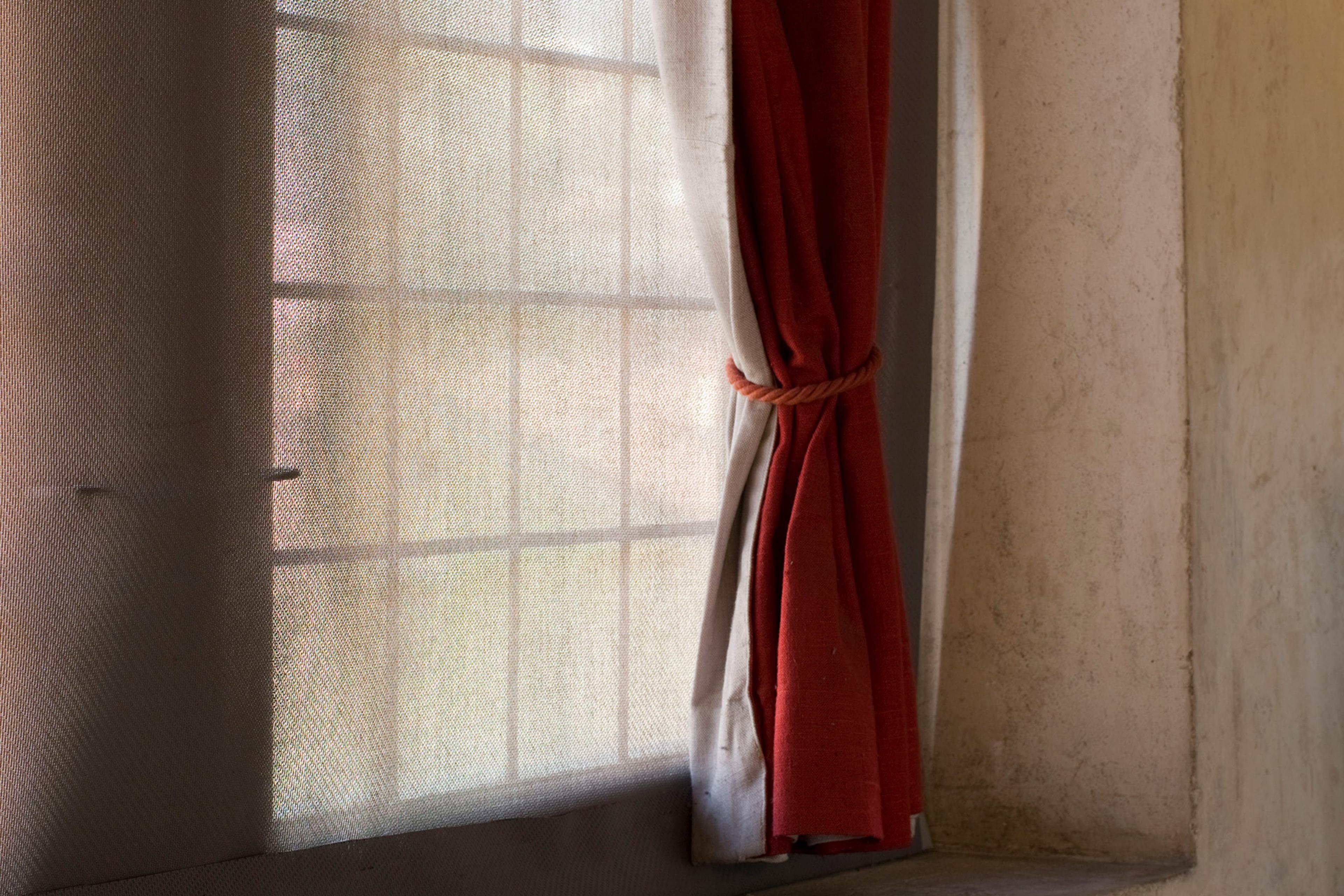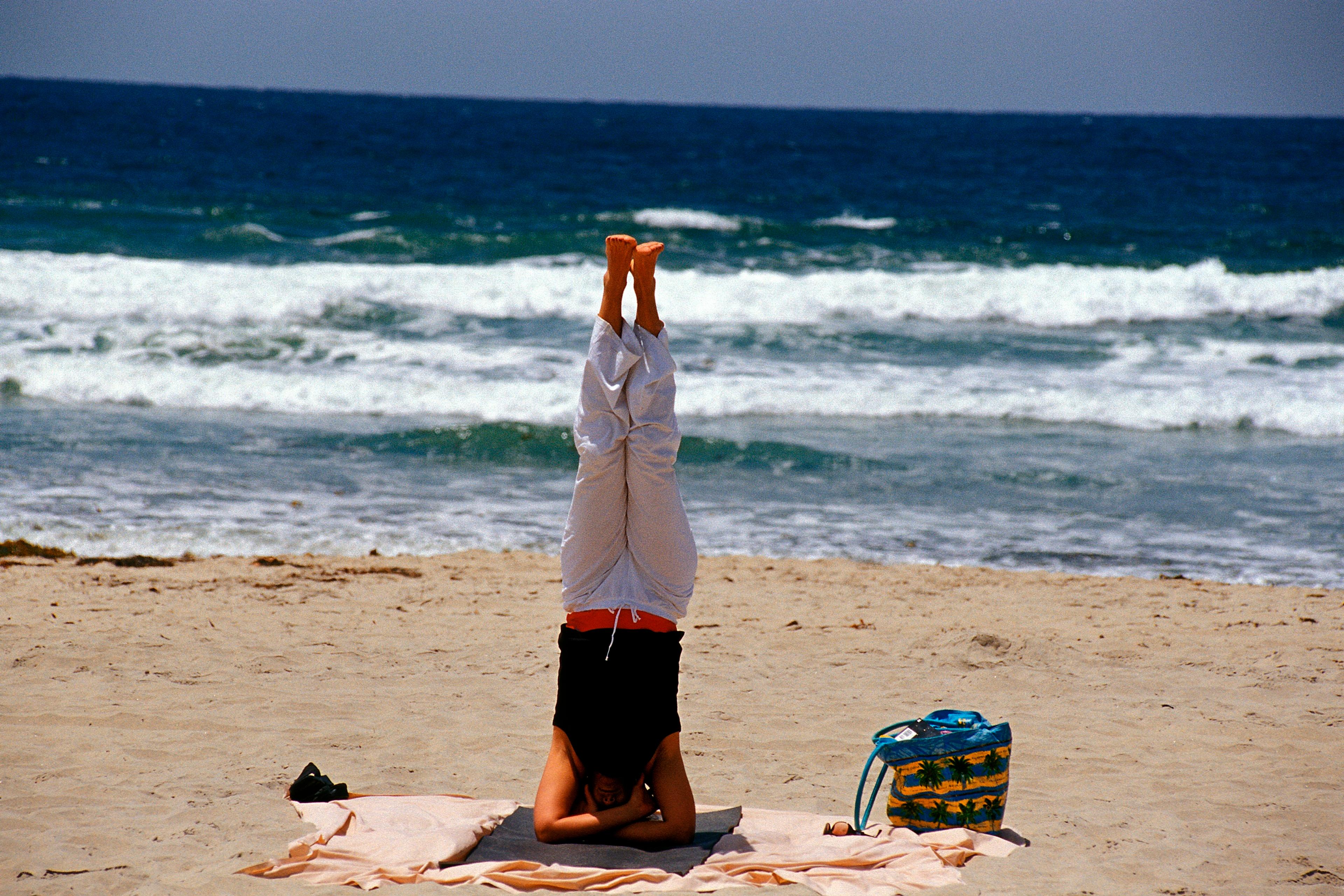Breath, in its simplest form, is life. Yet, beyond its physiological necessity, breath has the potential to heal, transform, and elevate. My own journey into breathwork began as a search for relief. During my master’s degree at the University of St Andrews, I was diagnosed with chronic fatigue syndrome, a condition that left me drained – physically, cognitively, mentally and emotionally. Even my immersion in mindfulness meditation, inspired by researchers like Jon Kabat-Zinn and Mark Williams, had failed to address the depth of my struggle. It wasn’t until I discovered breathwork that my life began to shift profoundly.
It all started when I heard about a landmark scientific paper that involved the ‘Ice Man’ Wim Hof training a group of volunteers in a specific breathing technique, and comparing their outcomes with a control group. Earlier, all the volunteers had been injected with a bacterial endotoxin; the results of the breathwork experiment suggested that the Hof group had been able to use controlled breathing to influence their autonomic nervous system, and subsequently their immune response to the toxin.
Sceptical but intrigued, I followed a guided Hof session on an app. As I took deep, fast rhythmic breaths (designed to induce hyperventilation) and then held my breath for the first time, I felt a strange but undeniable surge of energy in the form of electricity and buzzing throughout my entire being. In the breath holds, there were times of awe and deep relaxation. It was as if, for the first time in a long while, I had agency over my own body. That moment marked the beginning of my deep dive into breathwork, in a quest to regain some control over my symptoms.
Over time, my curiosity evolved into dedicated practice. I sought formal training with the psychiatrists Richard Brown and Patricia Gerbarg from the Breath-Body-Mind Foundation, a non-profit based in New York. Through movement and mind-body techniques derived from qigong, yoga, Christian monks, Open Focus attention training, meditation and martial arts, to daily rounds of slow, gentle ‘coherent breathing’ (in which you reduce your respiration to just five breaths per minute) I began to slowly and gently peel away layers of stress from my body.
Breathwork did more than restore my energy, liveliness and vigour; it provided a sense of agency over my body and mind. This sense of control was empowering, particularly in a world where so many feel helpless against chronic conditions. It’s not just about recovery; it’s about discovery – and not just health, but also one’s perspective on life. What started as a personal recovery tool became my purpose and mission: to research and share knowledge on the potential power of breathwork with others seeking healing and transformation.
Breathwork is both ancient and contemporary. ‘Breath’ translates as spirit in Latin: spiritus. Derived from practices such as yogic pranayama (prana = life-giving force; ayama = extension or expansion) and Tibetan tummo (‘inner fire’) meditation, it encompasses diverse techniques that regulate breathing patterns to influence physical, mental and emotional states. Techniques range from slow, meditative-like breathing (such as coherent breathing, and nadi shodhana, which is alternate nostril breathing) to faster, high-ventilation styles (such as Hof’s hyperventilation with breath holds, and Stanislav Grof’s holotropic breathwork, which involves engaging in very deep breathing for up to three hours at a time).
Other notable techniques include ujjayi breathing and kapalabhati. Ujjayi or ‘ocean breath’ is a soft, whispering breath that can enhance and complement both focus and steadiness, especially while practising movement/yoga. It involves breathing with a slight constriction in your throat, creating a sound like gentle ocean waves. Kapalabhati or ‘skull shining breath’ is a cleansing, high-ventilation practice that involves pumping the navel to produce forceful exhales, with passive inhales due to recoil of the lungs. It may improve mental clarity.
Breathwork offers a universally accessible tool for transformation
Each breathwork technique serves different purposes, from relaxation and balance, to energisation, or moving between the states. As a participant in workshops and conferences, I’ve witnessed its transformative power firsthand. Participants often describe experiences of clarity, emotional release and deep connection – experiences starting to be backed by emerging data.
Breathwork’s mechanisms are rooted in its ability to influence the autonomic nervous system. For example, by modulating the vagus nerve, slow breathwork activates the parasympathetic branch of the autonomic nervous system (responsible for ‘rest and digest’ functions), reducing heart rate and promoting relaxation. Coherent breathing optimises heart rate variability, a key marker of stress resilience.
In contrast, fast breathwork methods trigger transient hypoxia and a release of adrenaline, effectively inducing an acute stress response – a hormetic effect – where short-term activation of the sympathetic nervous system (the one that triggers the ‘fight or flight’ response) may build long-term stress tolerance. Techniques such as high-ventilation breathwork may even produce altered states of consciousness akin to those invoked by psychedelics like psilocybin, potentially unlocking psychological insights or emotional release. However, such intense practices must be approached with caution, especially for individuals with underlying health conditions.
One of the most rewarding aspects of putting in the (breath)work is witnessing its immediate effects. Whether helping a stressed professional find calm, a parent fall back to sleep during the night, or guiding an athlete toward better recovery and performance, breathwork offers a universally accessible tool for transformation.
Yet, despite its growing popularity in the West – propelled by figures such as Hof and James Nestor – breathwork has also been met with scepticism. Similar to the criticism aimed at mindfulness, some commentators have argued that the growing commercialisation of breathwork risks divorcing it from its scientific and spiritual roots. There have also been recent controversies about Hof’s personal life and the safety of his methods.
Unlike many wellness trends that come and go, breathwork – similar to meditation and yoga – is grounded in millennia of human experience. However, breathwork’s claims often outpace rigorous scientific validation, so I completely understand the scepticism. Early in my journey, I too questioned whether controlled breathing could truly influence wellbeing. In fact, it’s part of what motivated me to begin my doctoral research, titled Does Breathwork Work? An Empirical Evaluation of the Hype.
I wanted to rigorously assess breathwork’s efficacy for improving mental health and wellbeing. Though my background was international business and Chinese from my undergraduate studies, I approached the psychologists Kate Cavanagh and Clara Strauss at Sussex Mindfulness Centre while completing my master’s conversion in psychology. With a proposal to systematically investigate breathwork’s effects, I secured the first doctoral funding ever provided in the UK from the Ryoichi Sasakawa Young Leaders Fellowship Fund – a global fellowship programme established by the Nippon Foundation in Japan in 1987.
Part of my work involved combining the results of earlier research, including from 26 prior randomised controlled trials, to gauge the effectiveness of various breathwork techniques for reducing stress and symptoms of anxiety and depression. My colleagues and I found that more than half the studies had been published since 2020, showing how research in this area is accelerating. We also found a statistically significant benefit of breathwork for stress and mental health, although more and better-quality research is needed. I also reviewed existing research specifically into high-ventilation breathwork practices and again found they have great promise for improving mental health, particularly for trauma-related conditions, although better quality trials are needed.
My journey with breathwork has taught me that the simplest things can sometimes be the most profound
Additionally, I conducted two randomised controlled trials of my own. One was a trial of brief high-ventilation breathwork, with the training delivered remotely for 20 minutes a day over three weeks. Although both the breathwork group and a placebo group (who performed simple paced breathing) showed improvements in stress, there was no difference between the groups. The other trial I ran looked at coherent breathing and compared its effects on stress with a placebo breathing condition (breathing at 12 breaths per minute rather than 5.5 as in the coherent breathing group). Both groups showed benefits, although there was no advantage for the coherent breathing group. Longer, in-person training might be needed for statistically significant benefits over placebo.
My studies are among the first to compare breathwork against realistic placebo conditions. This increases the rigour of the research, but of course also increases the risk of ‘false negative’ findings – apart from anything, it’s possible the breathing techniques we gave to the placebo groups were themselves a form of beneficial breathwork. Taken all together, my interpretation is that breathwork clearly has great potential, but its effectiveness likely depends on factors such as how much guidance people are given, whether they are trained alone or in groups, and how often they practise. Further high-quality research is needed to determine which techniques work best for different populations.
The positive message from my research chimes with my lived experience. My journey with breathwork has taught me that the simplest things can sometimes be the most profound. The breath is always with us, waiting to be harnessed as a tool for healing and transformation. It’s not a panacea, but it is remarkably accessible – requiring nothing more than your attention and intention.
To those encountering breathwork for the first time, I encourage you to approach it with both curiosity and discernment. Like the breath itself, the practice is about finding balance – between effort and ease, between scepticism and openness, between ancient wisdom and modern science. Start small, stay consistent, and let your breath guide you back to yourself.
Disclaimer: practise fast breathwork and/or breath holds only in a safe environment, supervised, and away from water and hard ground.








